Moscow’s cultural scene has long been defined by its world-class art and historical collections. However, a new wave of technology is transforming how visitors interact with these treasures, blurring the lines between the physical and the digital. The emergence of virtual reality (VR) and augmented reality (AR) in the city’s museums is creating a new and exciting dimension for both learning and entertainment. This guide explores how Moscow is embracing this technological shift, offering visitors a chance to experience history and art in a deeply immersive way. This evolution from static exhibits to interactive spaces is making culture more accessible. This is a crucial step for the future of tourism. The movement towards virtual reality museums in Moscow demonstrates a commitment to innovation.
The Rise of VR and AR in Moscow’s Cultural Institutions
For decades, museum visits have followed a traditional format: looking at artifacts behind glass or paintings on a wall. But technology offers a way to go beyond simple observation. VR allows visitors to step into a different time or place. They can walk through a recreated historical street. They can also examine a famous painting in 3D. AR overlays digital information onto the real world, providing interactive context for physical exhibits. These technologies are especially valuable for bringing historical events to life. They can also show what an artifact would have looked like when it was new.
Moscow’s museums are incorporating these technologies in various ways. Some institutions are creating fully immersive VR experiences. Others are developing AR-enhanced tours. This trend is appealing to a younger, more tech-savvy audience. It also offers a fresh perspective for repeat visitors. Consequently, the cultural landscape is becoming more dynamic. This helps to make museum visits a more personal and engaging experience. This push towards virtual reality museums in Moscow is a response to global trends in entertainment and education. It is positioning the city as a leader in cultural technology.
The Pioneers of Immersive Exhibitions
Several Moscow museums are at the forefront of this digital revolution. The Polytechnic Museum, a hub for science and technology, has long been known for its interactive approach. It uses VR to allow visitors to experience things that would otherwise be impossible. For instance, they might be able to step inside a spacecraft or explore the inner workings of a historic invention in a virtual lab. This museum’s focus on hands-on learning makes it a perfect venue for VR technology.
Another notable example is the Multimedia Art Museum, Moscow (MAMM). It specializes in photography and contemporary art. MAMM often hosts multimedia exhibitions. These exhibitions use digital projections and immersive soundscapes to create a powerful atmosphere. While not strictly VR, these installations show a move towards multi-sensory experiences. They challenge the traditional idea of what a museum can be. These are key examples of digital art museums in Moscow. They are changing how people view and engage with art.
Furthermore, some institutions, like the Moscow Kremlin Museums, are using technology to create online virtual tours of their collections. While these are not in-person VR experiences, they allow people from all over the world to explore the museum’s treasures. They can do this from the comfort of their homes. This kind of accessibility is a major benefit of digital initiatives. This allows the museum to reach a much wider audience. These virtual reality museums in Moscow are a testament to the city’s commitment to cultural outreach.
The Experience: What to Expect from a VR Museum Visit
A visit to a VR-enhanced museum is unlike a traditional museum trip. Instead of just walking through halls, a visitor might be given a VR headset at a specific point in the exhibition. The headset transports them to a digital environment. For example, a historical museum might have a VR experience that takes you back in time. You could walk through a bustling 19th-century street. You might even witness a historical event. The experience is both educational and deeply personal. It can provide a more emotional connection to the subject matter.
The interactivity of VR is a major advantage. Instead of reading a plaque, a visitor might be able to “pick up” a virtual artifact and examine it from every angle. This kind of hands-on learning is a significant improvement. It is a new way to explore history and art. Many of these experiences are designed to be short but impactful. They provide a memorable highlight during a tour. These interactive components are crucial for engaging modern audiences. They help to make the learning process fun. The movement towards immersive exhibitions in Moscow is truly changing the game.
The Future of Physical and Digital Integration
The trend of virtual reality museums in Moscow is likely to continue growing. As technology becomes more affordable and accessible, we can expect more institutions to adopt it. A seamless integration of the physical and digital world is the goal. For example, a visitor might be able to scan a QR code on an exhibit. This would trigger an AR experience on their phone. This would show the history of the object on the screen. It is a subtle way to enhance the physical exhibit without replacing it.
Some institutions are even exploring gamification. This involves using game mechanics to make the museum visit more engaging. A visitor might follow a digital quest. They would have to find specific artifacts to unlock a VR experience. This approach is particularly appealing to families with children. It turns a museum visit into a fun adventure. This creative use of technology shows the city’s forward-thinking approach to tourism. The future of tourism in Moscow is undoubtedly a blend of the old and the new, with digital tools enriching the physical experience.
In conclusion, the rise of virtual reality museums in Moscow is an exciting development. It is transforming the way people interact with culture. From immersive VR rooms to subtle AR overlays, technology is making museums more accessible and engaging than ever before. While the physical collections remain the heart of these institutions, digital tools are a powerful way to bring them to life. By embracing this trend, Moscow is positioning itself as a leader in smart tourism. It is offering visitors a truly unique and memorable experience where history and the future collide.

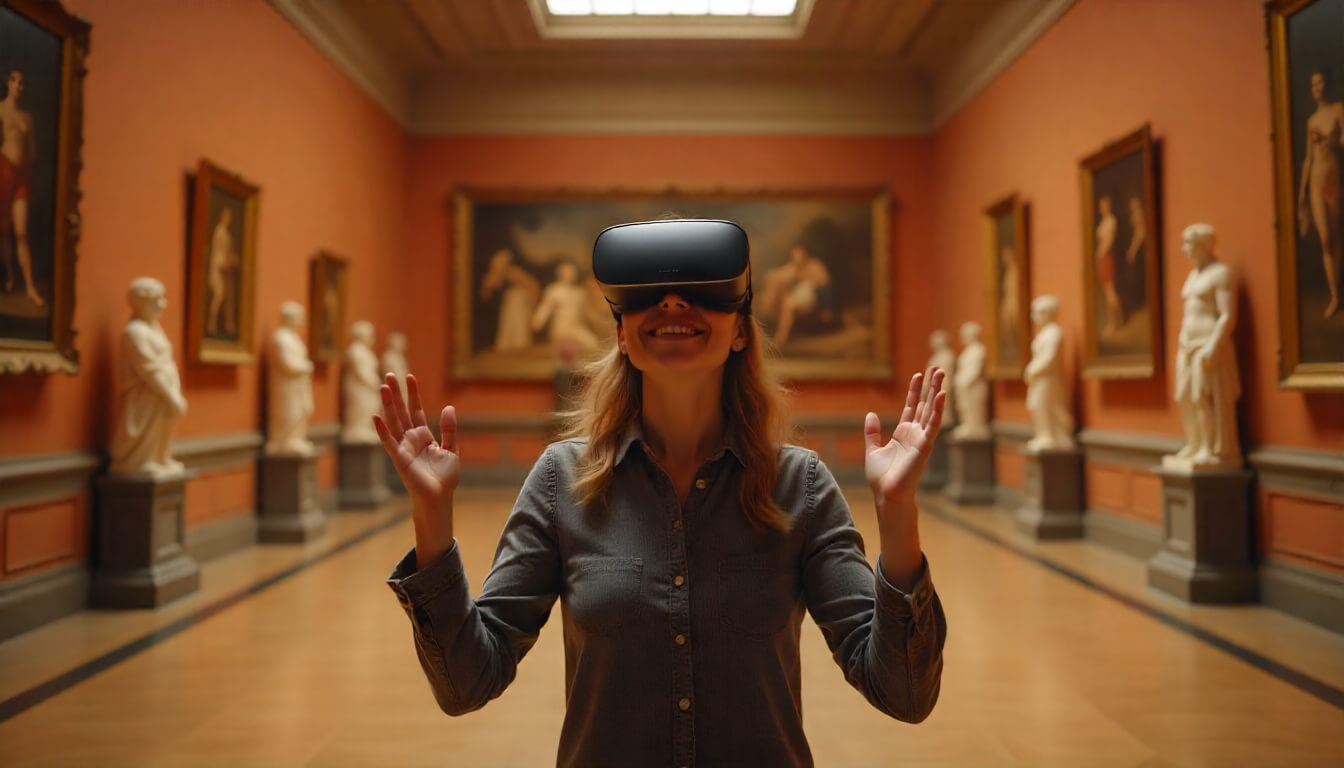 Virtual Reality Museums in Moscow: When Physical Meets Digital">
Virtual Reality Museums in Moscow: When Physical Meets Digital">

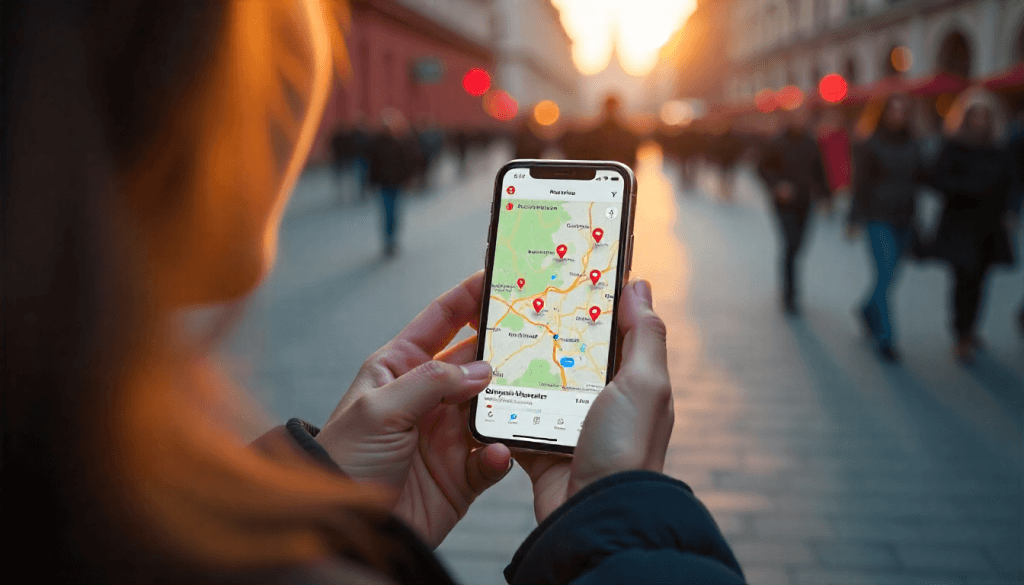 Moscow Pass App Mastery: Hidden Features Every Tourist Should Know">
Moscow Pass App Mastery: Hidden Features Every Tourist Should Know">
 Senior-Friendly Moscow: Comfortable Attractions for Mature Travelers">
Senior-Friendly Moscow: Comfortable Attractions for Mature Travelers">
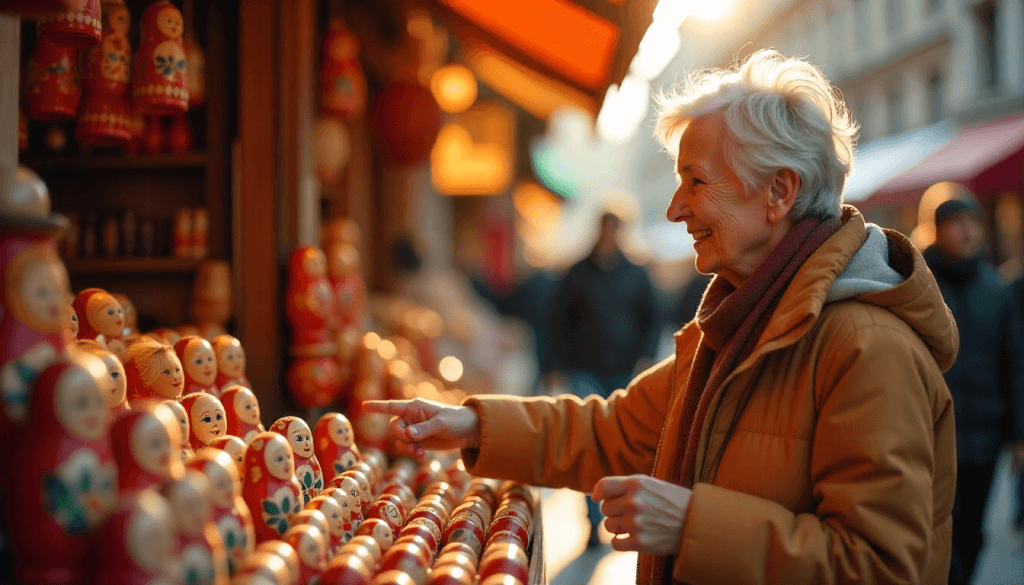 Language Barriers in Moscow: Essential Phrases and Communication Tips">
Language Barriers in Moscow: Essential Phrases and Communication Tips">
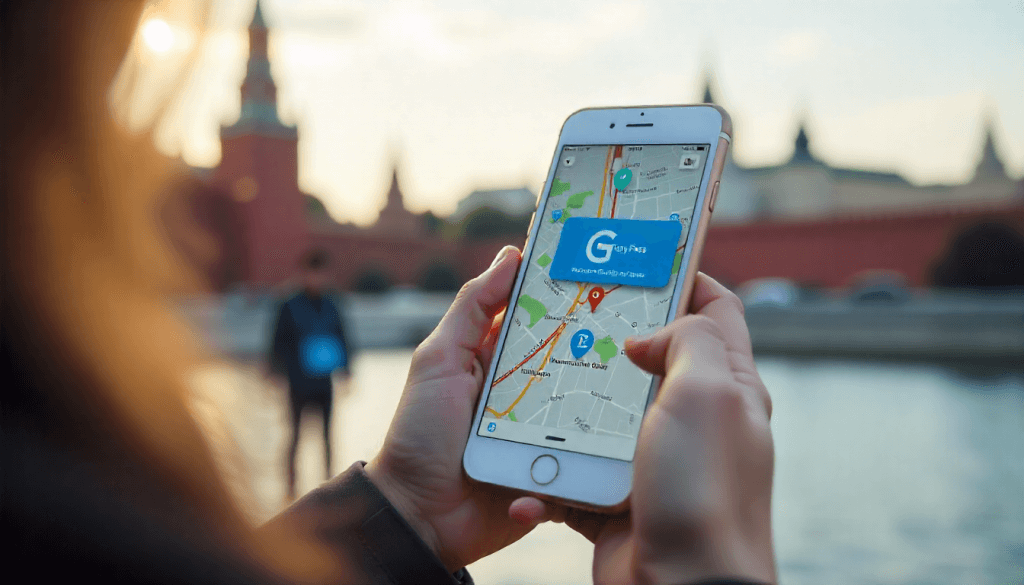 Moscow Pass Digital Features: Maximizing Your Tech-Enhanced Experience">
Moscow Pass Digital Features: Maximizing Your Tech-Enhanced Experience">
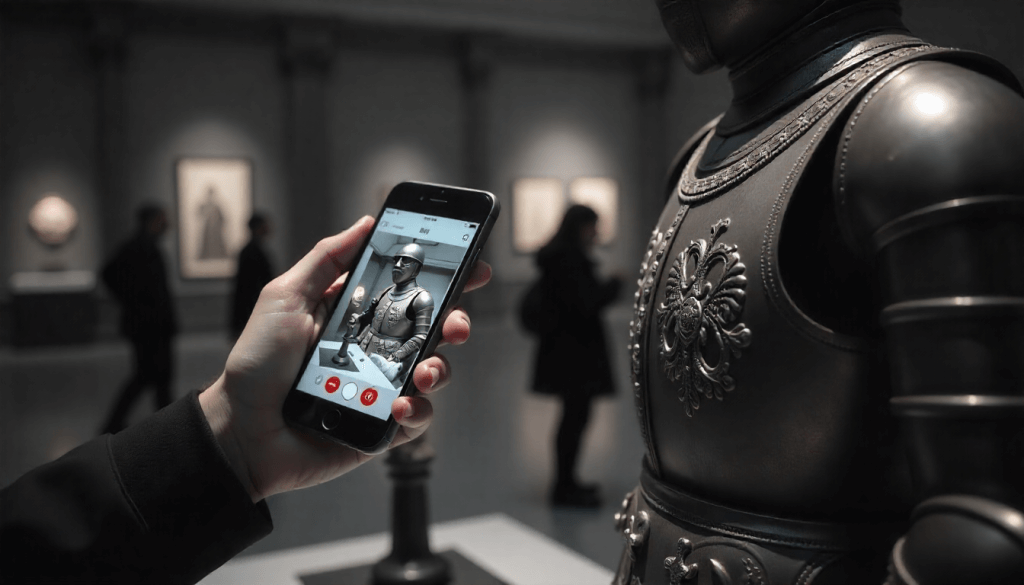 QR Code Adventures: Moscow’s New Interactive Attraction Features">
QR Code Adventures: Moscow’s New Interactive Attraction Features">
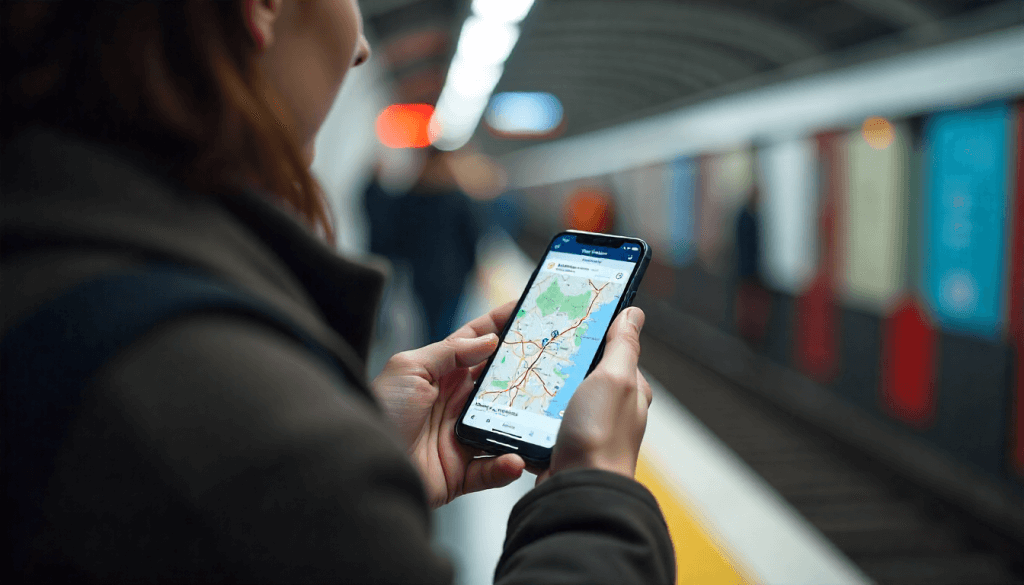 Smart Tourism in Moscow: Apps and Digital Tools for Modern Travelers">
Smart Tourism in Moscow: Apps and Digital Tools for Modern Travelers">
 Hidden Moscow: Off-the-Beaten-Path Locations Your Pass Unlocks in 2025">
Hidden Moscow: Off-the-Beaten-Path Locations Your Pass Unlocks in 2025">
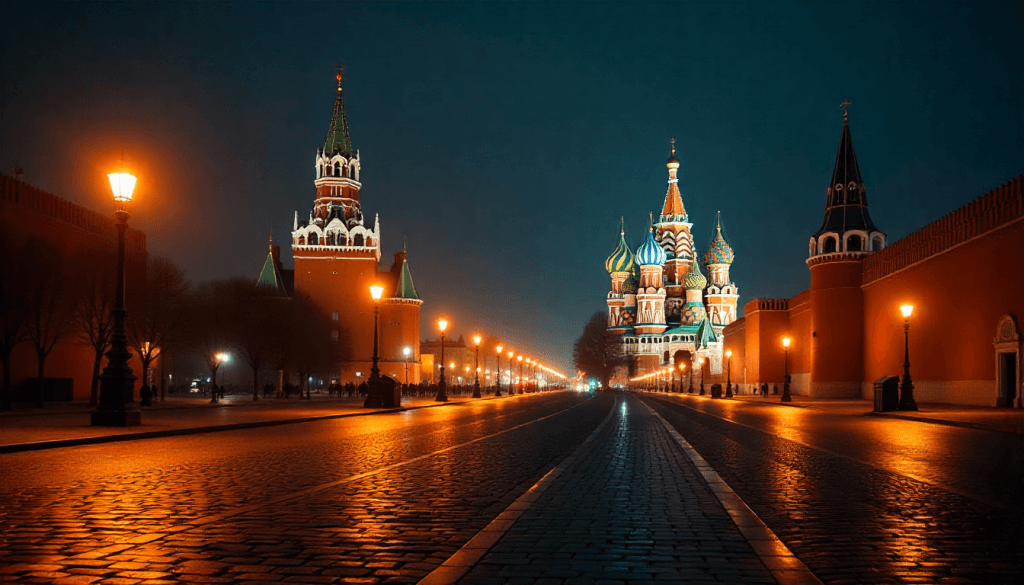 Moscow After Midnight: Late-Night Attractions and 24-Hour Experiences">
Moscow After Midnight: Late-Night Attractions and 24-Hour Experiences">
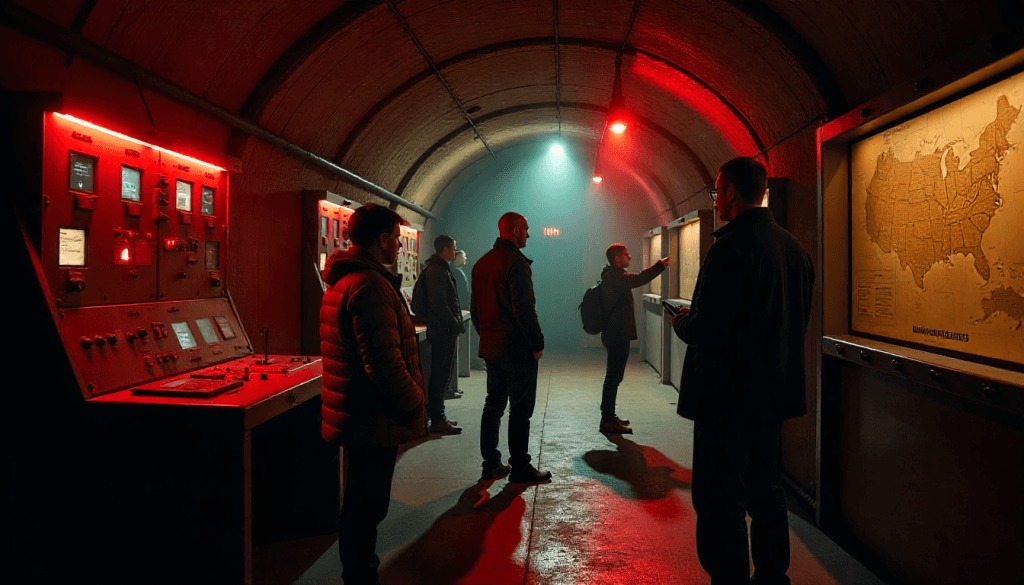 Industrial Tourism in Moscow: Factory Tours and Manufacturing Heritage">
Industrial Tourism in Moscow: Factory Tours and Manufacturing Heritage">
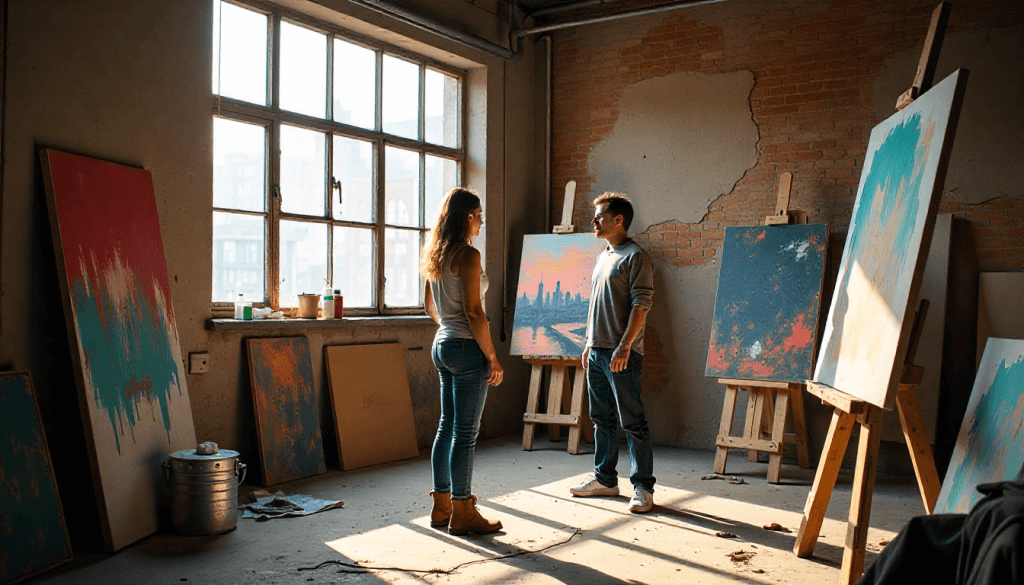 Moscow’s Creative Spaces: Artist Studios and Alternative Galleries">
Moscow’s Creative Spaces: Artist Studios and Alternative Galleries">